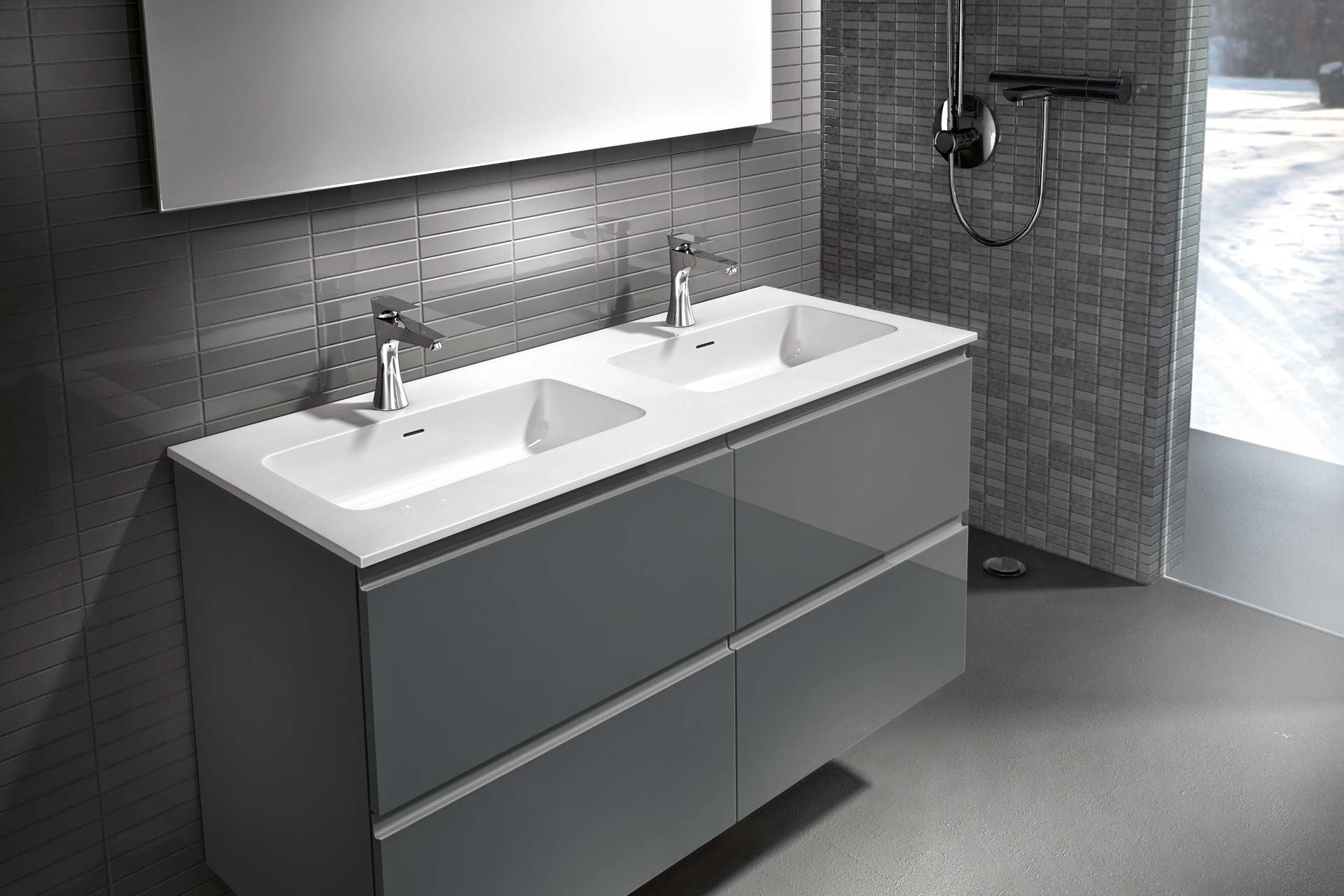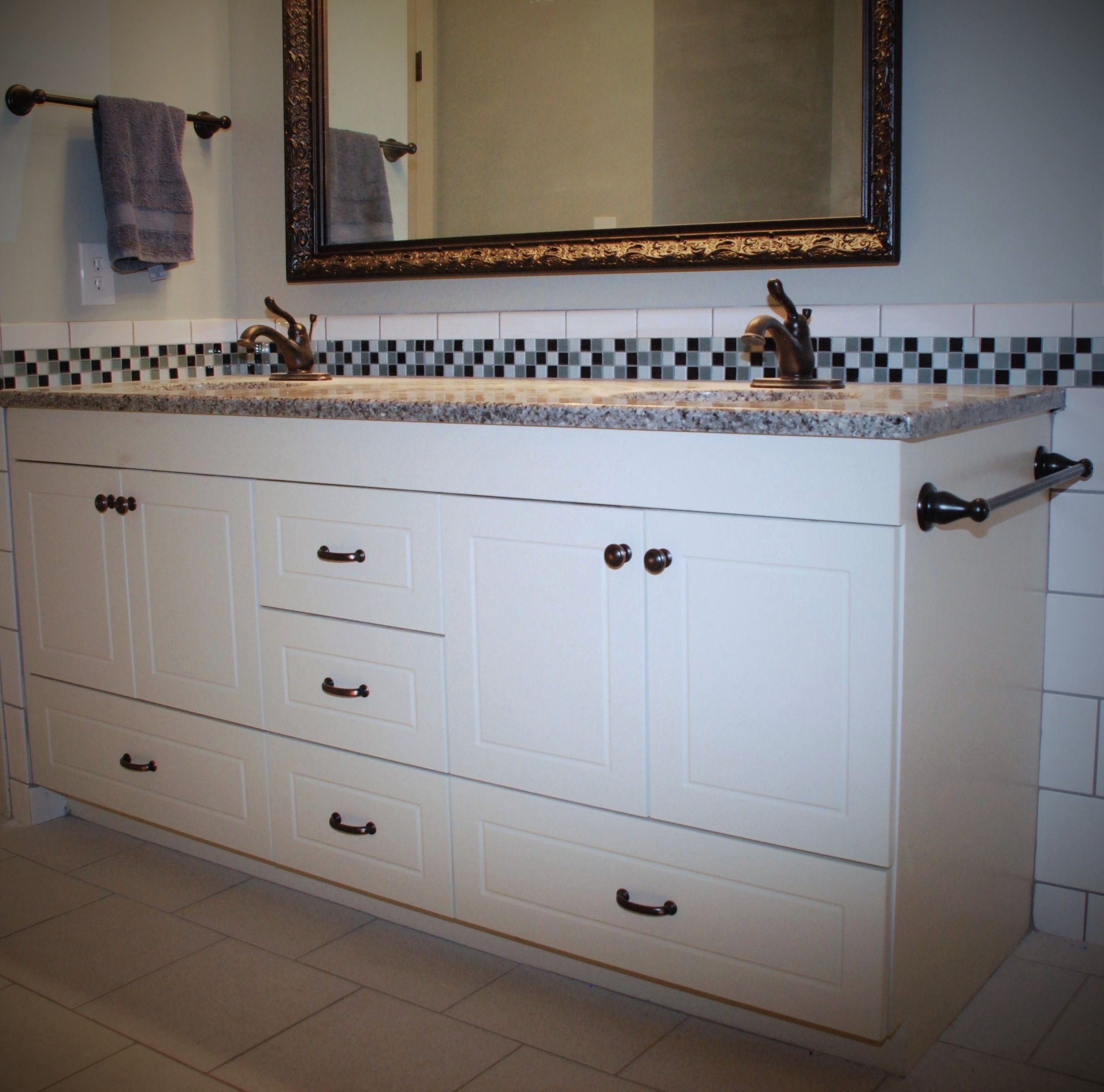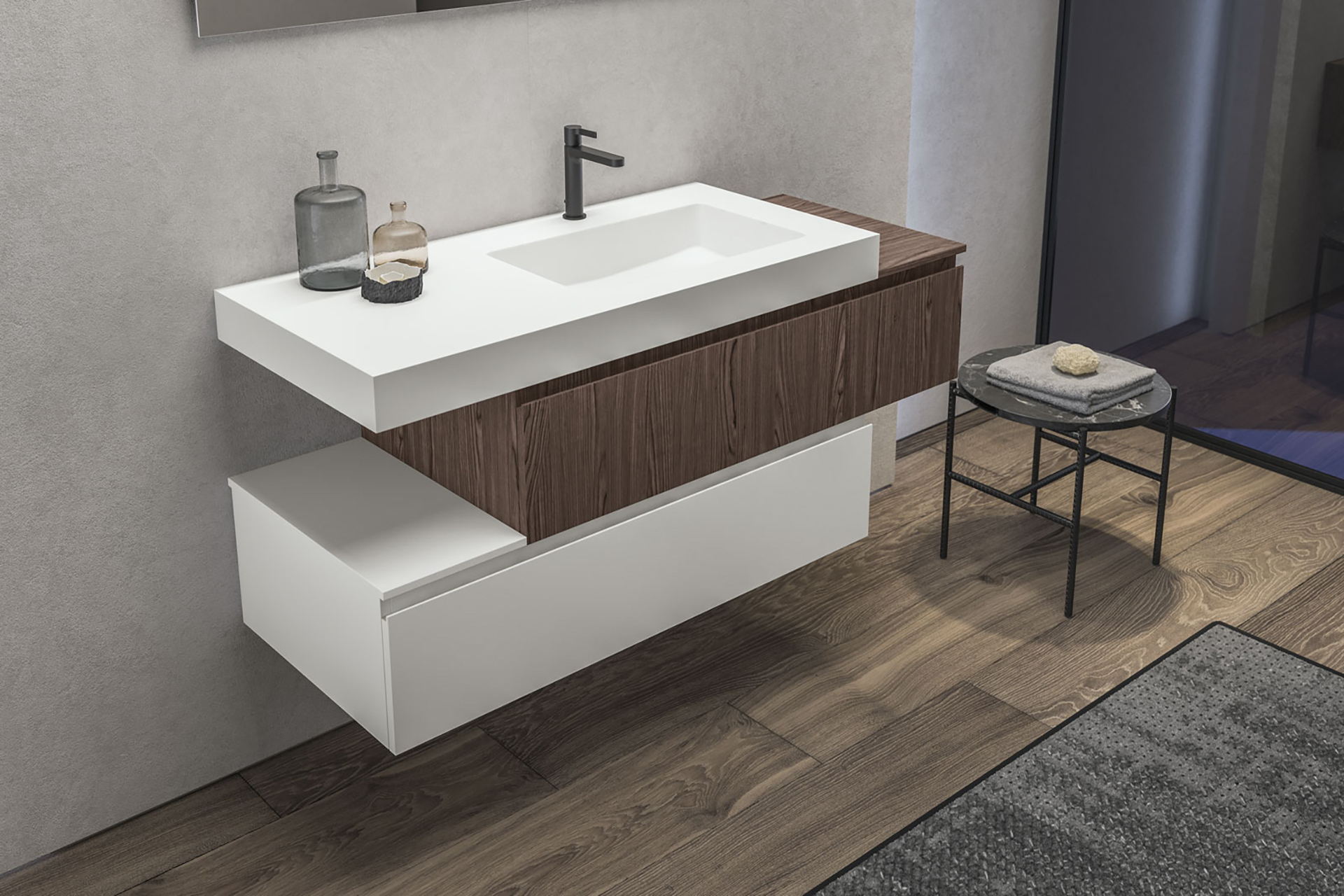Defining European Style

European bathroom vanities are known for their elegance, craftsmanship, and timeless appeal. They often blend traditional elements with modern functionality, creating a sophisticated and inviting atmosphere.
Historical Influences and Cultural Origins
European bathroom vanity styles have evolved over centuries, influenced by various historical periods and cultural movements.
- Renaissance (14th-16th centuries): This era saw a resurgence of classical art and architecture, inspiring the use of ornate carvings, intricate details, and rich materials in furniture design.
- Baroque (17th-18th centuries): The Baroque period emphasized grandeur and opulence, reflected in bathroom vanities with dramatic curves, elaborate moldings, and gilded accents.
- Victorian (19th century): Victorian style favored elaborate details, intricate patterns, and dark, rich woods.
- Art Deco (1920s-1930s): Art Deco brought geometric patterns, bold colors, and streamlined forms to bathroom vanities, reflecting the era’s fascination with modernism.
- Mid-Century Modern (1940s-1960s): This style emphasized clean lines, simple forms, and natural materials, creating a more minimalist and functional approach to bathroom vanity design.
Key Design Elements
European bathroom vanities share certain key design elements that contribute to their distinctive style.
- Traditional Craftsmanship: European vanities often feature intricate details, hand-carved elements, and high-quality materials, showcasing the skill of artisans.
- Elegant Materials: Popular materials include solid wood, marble, granite, and brass, adding a touch of luxury and sophistication.
- Classic Shapes: European vanities typically feature classic shapes, such as rectangular, oval, or curved designs, which provide a timeless and enduring aesthetic.
- Intricate Details: Ornate hardware, decorative moldings, and hand-painted finishes are common elements that enhance the visual appeal and craftsmanship of European vanities.
Comparison with Other Styles
European bathroom vanities stand out from other popular styles in several ways.
- Contemporary: Contemporary vanities prioritize clean lines, minimalist designs, and modern materials like stainless steel and acrylic. In contrast, European vanities embrace more traditional elements and often feature ornate details.
- Traditional: While both European and traditional vanities often share elements of classic design, European vanities tend to be more refined and sophisticated, incorporating a wider range of historical influences and materials.
Materials and Finishes

European bathroom vanities are renowned for their elegant designs and high-quality materials. These vanities often incorporate a blend of natural and man-made elements, resulting in pieces that are both aesthetically pleasing and durable.
Materials
The choice of materials plays a crucial role in defining the character and longevity of a European bathroom vanity.
- Wood: Solid wood, particularly oak, walnut, cherry, and maple, is a classic choice for European vanities. These woods offer natural beauty, durability, and a timeless appeal. They can be stained, painted, or left in their natural state to create various looks.
- Marble: Marble is a luxurious and elegant material that adds a touch of sophistication to European bathroom vanities. It comes in a wide array of colors and patterns, allowing for customization and unique designs.
- Metal: Metal accents, such as brass, nickel, or chrome, are often incorporated into European bathroom vanities to add a touch of modern elegance. These metals can be used for hardware, legs, or even the vanity top itself.
- Ceramic: Ceramic is a durable and versatile material commonly used for vanity tops and sinks. It is available in a variety of colors and finishes, allowing for a wide range of design possibilities.
- Stone: Other natural stones, such as granite, limestone, and travertine, are also used in European bathroom vanities. These stones offer unique patterns and textures, adding a touch of natural beauty to the bathroom.
Finishes
The finish applied to a European bathroom vanity can significantly impact its overall aesthetic.
- Painted: Painted finishes offer a wide range of colors and styles, allowing for a personalized touch. From classic white to bold colors, painted vanities can complement any bathroom decor.
- Stained: Stained finishes highlight the natural beauty of wood, enhancing its grain patterns and colors. Darker stains create a more traditional look, while lighter stains offer a more contemporary feel.
- Distressed: Distressed finishes give vanities a vintage or antique look, adding character and charm. These finishes often involve techniques like sanding, chipping, and waxing to create a worn and weathered appearance.
- Polished: Polished finishes are commonly used for marble and stone vanity tops, creating a smooth, reflective surface that enhances the natural beauty of the material.
- Matte: Matte finishes provide a soft, non-reflective surface that is both elegant and practical. They are often used for metal accents and hardware, adding a subtle touch of sophistication.
Unique Material Combinations and Finishes
European bathroom vanities often showcase innovative material combinations and finishes.
- A vanity with a walnut wood base, a Carrara marble top, and brushed nickel hardware. This combination creates a timeless and elegant look, blending the warmth of wood with the sophistication of marble.
- A vanity with a white lacquered finish, a ceramic sink, and brass accents. This combination offers a modern and minimalist aesthetic, with the sleek white finish providing a clean and airy feel.
- A vanity with a reclaimed wood base, a distressed white paint finish, and black iron hardware. This combination creates a rustic and charming look, with the reclaimed wood adding a touch of history and character.
Design Features and Functionality: European Style Bathroom Vanity

European bathroom vanities are known for their sophisticated aesthetics and practical functionality. They seamlessly blend elegance with efficiency, offering a range of design features and storage options to enhance the bathroom experience.
Distinctive Design Features
European bathroom vanities are characterized by their intricate details and refined craftsmanship. These features contribute to their timeless appeal and create a sense of luxury in the bathroom.
- Ornate Carvings: Some European vanities feature elaborate carvings on their surfaces, often inspired by classical motifs or floral patterns. These intricate details add a touch of artistry and sophistication to the vanity.
- Elegant Hardware: European vanities often utilize high-quality hardware, such as polished chrome, brushed nickel, or antique brass. These finishes complement the vanity’s overall design and enhance its visual appeal.
- Intricate Details: European vanities may incorporate intricate details such as decorative moldings, hand-painted finishes, or inlaid wood veneers. These details elevate the vanity’s aesthetic and create a sense of craftsmanship.
Functionality and Storage Options, European style bathroom vanity
European bathroom vanities are designed to be both stylish and practical. They offer a variety of storage options to keep the bathroom organized and clutter-free.
- Spacious Drawers: Many European vanities feature deep drawers with dividers or organizers to accommodate toiletries, towels, and other bathroom essentials. These drawers provide ample storage space while maintaining a sleek appearance.
- Open Shelving: Some vanities incorporate open shelving to display decorative items or to provide easy access to frequently used items. This design element adds visual interest and functionality to the vanity.
- Integrated Mirrors: European vanities often integrate mirrors into their design, creating a cohesive and elegant look. These mirrors can be framed or frameless, depending on the overall style of the vanity.
Examples of Innovative Design Features and Storage Solutions
European bathroom vanity manufacturers are constantly innovating to create unique and functional designs. Here are some examples of vanities with innovative features and storage solutions:
- Vanities with Pull-Out Drawers: Some vanities feature pull-out drawers that extend from the cabinet, providing easy access to items stored at the back of the drawer. This design eliminates the need to dig through the entire drawer to find what you need.
- Vanities with Integrated Lighting: Some vanities incorporate integrated lighting to illuminate the sink area and enhance visibility. This feature is particularly useful in bathrooms with limited natural light.
- Vanities with Hidden Storage: Some vanities have hidden storage compartments behind decorative panels or within the vanity’s base. These compartments provide discreet storage for items that you want to keep out of sight.
